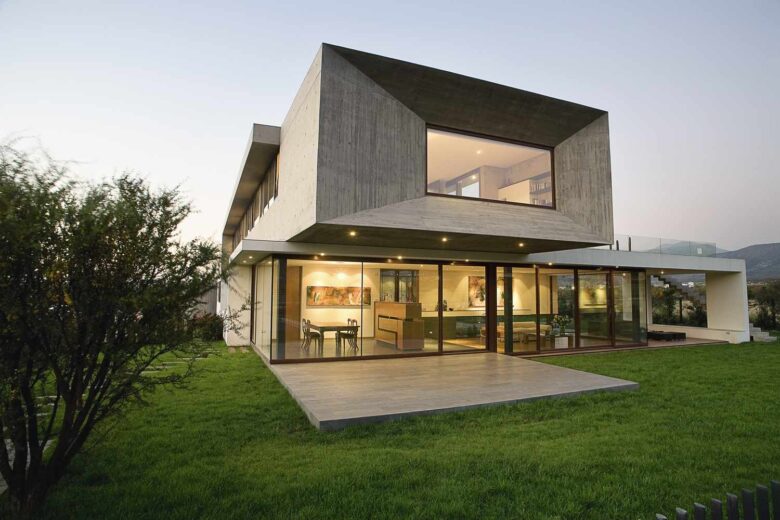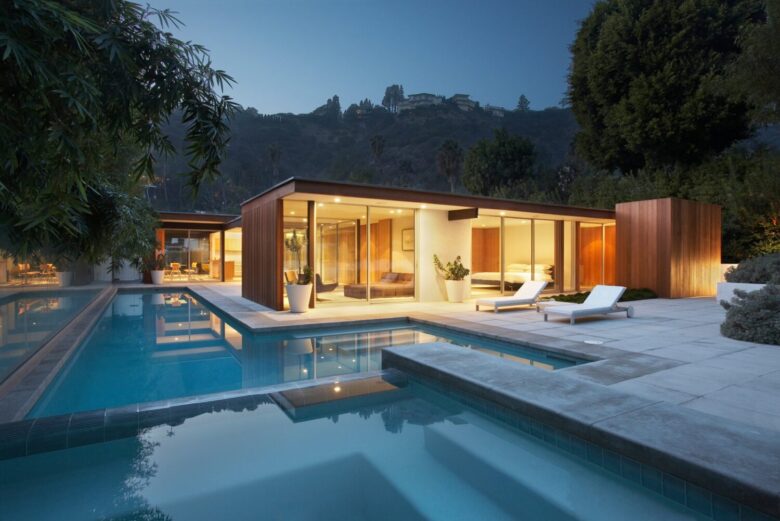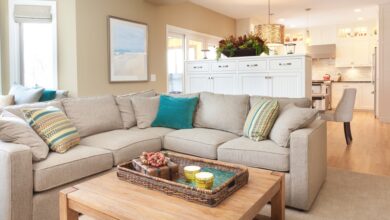
Echoes of the Past, Visions of the Future: Residential Styles Explored
Residential architecture, a tangible reflection of societal evolution, presents two captivating paradigms: modern and traditional styles. Traditional designs draw heavily from history, often rooted in a region’s culture, values, and societal norms, thereby manifesting centuries of accumulated knowledge, craftsmanship, and aesthetic preferences. Modern residential styles, a product of the 20th century, emerged in response to technological advancements, new materials, and a shift in societal values towards minimalism and functionality. These styles aren’t just bricks and mortar structures; they echo the ideologies, innovations, and aspirations of the eras they represent.
This article provides a comparative study of both, evaluating their distinct characteristics, aesthetic values, and the style they bring to residential habitats. By exploring their differences and intersections, we aim to provide readers with a holistic understanding, assisting in informed choices for future homeowners and igniting a deeper appreciation for architectural enthusiasts.
Traditional Residential Styles
Traditional residential styles are living testaments to the rich tapestry of our historical and cultural evolution. Over centuries, these styles have matured, drawing inspiration from various eras, adapting to changing environments and integrating innovations of their respective periods. Fundamental to these designs are the materials, predominantly locally sourced, that lend authenticity and sustainability – be it stone, wood, or clay. Architectural details showcase the craftsmanship and design principles of ages past, often prioritizing functionality, community, and a deep connection to the surrounding environment. Beyond their aesthetic appeal, these styles serve as mirrors to the societies they emerged from, reflecting the values, beliefs, and lifestyles that characterized this time period. In every arch, window, and hearth, there’s a story of a bygone era, imbued with cultural significance and a sense of timelessness.
The Rise of Modern Residential Styles

The dawn of the 20th century bore witness to a radical transformation in residential design, as modernism began to redefine architectural boundaries. This shift was largely driven by societal changes: rapid urbanization, technological breakthroughs, and a growing inclination towards individualism and efficiency. The resulting modern residential styles, such as modern architecture in Atlanta, championed simplicity, with a heavy emphasis on geometric forms, open spaces, and large expanses of glass that seamlessly integrated interiors with nature. The introduction of new materials, like steel, concrete, and advanced polymers, not only altered construction methods but also facilitated innovative design possibilities. Modern architecture, therefore, stands as a testament to human ingenuity, harnessing technological and environmental advancements to craft spaces that resonate with contemporary values and aspire towards a harmonious future.
Comparative Analysis: Modern vs. Traditional
Aesthetics
At the crossroads of time, the aesthetic divergence between modern and traditional is pronounced. While traditional homes revel in ornate details, intricate patterns, and a certain historical gravitas, modern designs exude a clean, streamlined allure, often marked by minimalism and expansive vistas.
Functionality
Traditional homes, designed for a different era, prioritize communal spaces, familial closeness, and defined roles for each area. Modern homes, in contrast, offer versatility with open floor plans, multi-purpose spaces, and adaptability to evolving lifestyles.
Environmental Impact
Traditional designs typically employ natural materials and are inherently sustainable due to their regional adaptability. Modern homes, while sometimes critiqued for their resource-intensive construction, often incorporate green technologies, energy-efficient systems, and sustainable materials, aiming for a reduced carbon footprint.
Maintenance

The refined materials and tried-and-true construction methods of traditional homes often promise longevity, albeit with periodic maintenance. Modern homes, equipped with newer materials and technologies, might demand less frequent but more specialized upkeep.
Cost
Traditional homes, with their intricate designs, can sometimes be more labor-intensive and costly to replicate or renovate. Modern designs, while seemingly simplistic, can escalate in cost due to high-end materials, technological integrations, and specialized construction methods. Both styles, in their essence, carry unique cost considerations for construction, renovation, and maintenance.
Fusion Styles: The Best of Both Worlds
In the architectural tapestry, fusion styles emerge as a captivating blend of history and innovation, seamlessly intertwining the cherished elements of traditional designs with the sleek sophistication of modern aesthetics. By marrying the two, homes achieve a rich visual palette, striking a balance between time-honored charm and contemporary finesse. This hybrid approach not only offers homeowners a unique aesthetic richness but also the flexibility of customized functionality, crafting spaces that resonate with personal narratives while paying homage to cultural legacies. Several homes, exemplified through vivid pictures and detailed descriptions, showcase this harmonious amalgamation, proving that when the styles of yesterday meet the visions of today, residential artistry can reach unparalleled heights.

Choosing the Right Style for You
Navigating the architectural spectrum to find a home that resonates with one’s personality is a journey deeply rooted in personal preferences, encompassing individual tastes and aligning with specific lifestyle needs. The locale and environment further play roles, as a serene countryside might beckon the allure of traditional designs, while urban landscapes often lend themselves to modernistic approaches. Beyond the immediate appeal, future considerations should also be factored in. The potential resale value, the adaptability of a design to evolving family needs, and the scope for renovations or extensions can significantly influence the decision. Thus, choosing a residential style is a balance of heart and pragmatism, intertwining dreams with practical foresight.
The architectural world offers a rich palette of styles, each echoing distinct eras, values, and aspirations. While traditional designs narrate tales of bygone times, modern styles envision a future of innovation and sustainability. As we stand at this crossroads, understanding and appreciating the nuances of each style can guide us to create homes that are both personal sanctuaries and timeless masterpieces.




